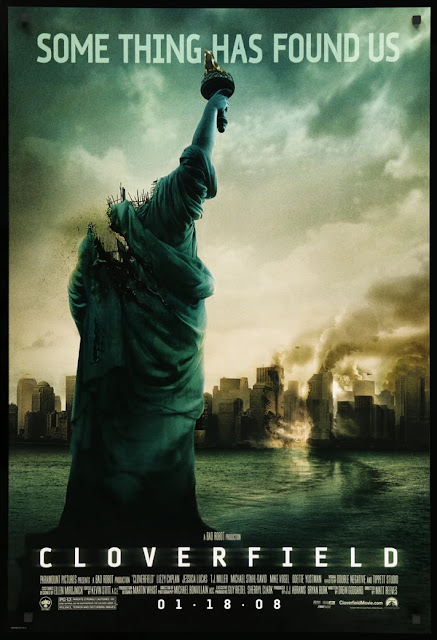When I first taught world cinema, I knew I wanted to assign Ingmar Bergman's The Seventh Seal (1957). But when the time came to put my lecture together, I was surprised by how difficult this film was to teach. After finding some very good articles (see below), I found teaching this classic film by one of my favorite directors to be very rewarding.
Strangely, this past winter I taught The Seventh Seal right before Covid-19. It was also around the same time Max Von Sydow passed away - one of the stars of the film. Even before Covid, I would offer guiding questions to consider current films or television shows involving a plague or dystopia setting. Before I get to that, here are some points I addressed in the film. This lecture was structured from Birgitta Steene's and Marilyn Johns Blackwell's writings on the film.
Interior Landscape
Bergman’s films often focus on an interior landscape, a reflection of a state of
mind. Here we can see the impact of German Expressionism. Think of the expressive settings of The Cabinet of Dr. Caligari and how they embody the dark psyche of Cesare and Dr. Caligari.
Likewise, expressionism informs The Seventh Seal when the Knight is tormented by his own doubts. Bergman captures the Knight's interior through the harsh, rigid, and Gothic landscape that opens the film when he encounters Death.
Compare the film's opening to Jof, the traveling performer, who has a vision of The Virgin Mary. Here the angelic and serene landscape is much different from the dark and ominous opening of Death's arrival on the beach. Both scenes demonstrate Bergman's expressive use of mise-en-scene in capturing an interior landscape.
Art Cinema
The Seventh Seal is a classic example of European art house cinema, demonstrated by its loosely structured narrative and bleak ending. It is a film that intellectually challenges us. The film is not a strictly goal orientated film. Rather it is structured by the reprieve Death offers the Knight. The looseness of the story allows Bergman to digress the narrative into some interesting moments, particularly the flagellation scene.
At the same time, Bergman’s journey narrative has a purpose. This is certainly the case for the Knight. There are random events, but they do lead to his self-confrontation in the form of death at the end of the film. See David Bordwell's article on art house cinema.
(Notice how the geometric patterns entrap the Knight, suggesting he cannot escape death.)
Philosophy
Existentialism is often discussed in the context of The Seventh Seal. As Steene writes, "The Seventh Seal is an allegory with a theme that is quite simple: man, his eternal search for God, with death as his only certainty" (62). And Blackwell notes, "A major impetus behind the international fascination with The Seventh Seal lay in the political climate of the mid-1950s (576)."
The Seventh Seal engages with the existential view that a human life is decided in
the choice of action. Relevant here is French philosopher and writer Jean-Paul Sartre’s notion that “existence precedes
essence.” In other words, essence
is not predetermined but manifested through our choices and actions. Here, Blackwell makes reference to social concerns of the late 1950s, particularly the threat of nuclear Armageddon. And we can see how the dark themes of Bergman’s film could grab hold of
the viewer’s imagination during that time.
I build upon this point by having students think about what current shows and movies invoke dark or dystopia themes. Answers I often get are The Walking Dead and The Handmaid's Tale. I often cite post 9/11 films such as Children of Men or Cloverfield.
The famous final image of The Seventh Seal is the dance of death, which is taking from a painting.
The painter in this scene is based on Albertus Pictor who was a famous medieval Swedish painter. His dance of death church wall painting of Death playing chess directly informs the opening and ending of the film.
The Seventh Seal is a complex film on many levels. It is expressionistic, it demonstrates the art cinema mode of filmmaking, it engages with philosophy and also speaks to its current moment in the late 1950s.
Perhaps more importantly, The Seventh Seal is a personal film for Bergman who was working through his own demons. As Peter Cowie puts it: “Bergman is exorcising his own demons, his own dread of the eternal darkness, and to his surprise and delight this process has appealed to audiences in practically every corner of the world” (cited from the Criterion disc).
Here are some other books and movies to discuss in relation to The Seventh Seal:
The Stand by Stephen King. King talks about the energy crisis at the time he wrote the novel.
PD James's Children of Men. For the movie, I often bring up social concerns post 9/11. For the book, which was published in 1990, I think it is more relevant to AIDS.
Sources:
The Seventh Seal” from Ingmar Bergman by Birgitta Steene, pp.61–69
The Seventh Seal: Cinematic Form and Cultural Criticism” in Film Analysis (Second edition) by Marilyn Johns Blackwell, pp.574–592














































